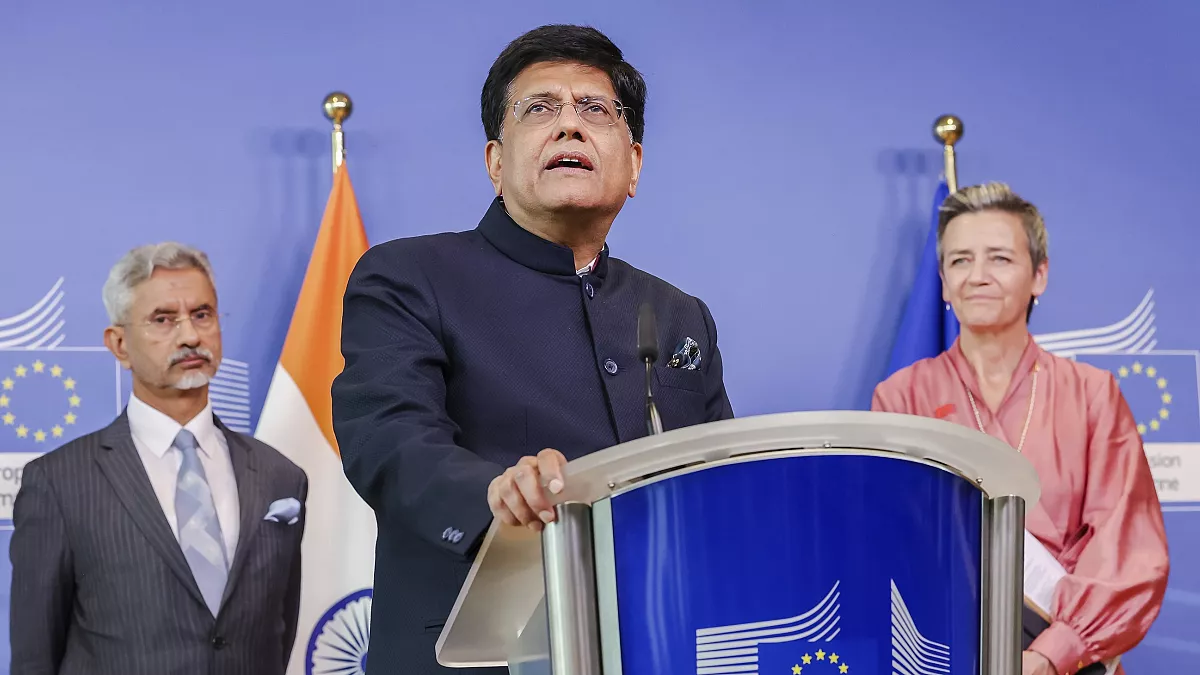Abstract
The international trade plays a crucial role in the global economy by mobilizing resources from one country to another and boosting economic growth. It strengthens the diplomatic relations between developed and developing countries. The World Trade Organization is an international body that facilitates fair and just trade negotiations among its member nations. However, recently, there have been many concerns about the policies of WTO. This paper aims to analyze the following questions: are the WTO policies fair and equal? Do the policies of WTO have any adverse impact on developing countries like India? Does WTO treat developed nations more favorably than developing nations? The paper gives critical recommendations concerning structural and institutional reforms in WTO. The paper also suggests a possible standpoint of India going forward.
Introduction
The international trade can be traced back to the establishment of civilizations. The leading exchange occurred for commodities such as spices, metals, agricultural produce, and textiles. The first example of trade routes can be mapped to the Silk Road of 300 BC. The Silk Road emerged in China, extending over Asia, Europe, and Africa. The natural expansion of trade took place in the age of mercantilism when export promotion and colonialism were a driving force in Europe. The trade consisted of the finished products from Europe to the other parts of the world, and the intermediate goods flew from the Asian and African continents to the Western countries under colonialism. Trade gained pace during the Industrial Revolution.
Technological advancements increased the scale of production, creating a need for a bigger market since aggregate supply was more than aggregate demand in Europe. However, World War II saw production and supply disruptions and multilateral trade agreements began to take place. This reduced trade barriers and boosted economic growth in the countries. This led to a need for a central international body that could facilitate multilateral trade transactions and act as a dispute-redressing agency between trading nations. So, the General Agreement on Tariffs and Trade (GATT) was set up in 1947. This organization was set up to act against prevalent protectionist policies. This multilateral agreement was signed by 23 countries. This organization carried out various negotiations, which led to a reduction in tariffs and various other protectionist policies. The main objectives of the organization included liberalizing trade, fostering economic development in low-income countries, and establishing a framework to carry out fair trade. The GATT stated principles of world trade and encouraged fair practices, but it wasn’t essentially a legally binding agreement. Besides, GATT took a gradual approach by negotiating with nations rather than imposing stringent regulations. However, after the oil shocks of the 1970s, the GATT framework started to fall apart, and there was a need for a more robust framework. The non-binding nature and operations focused on Goods trade limited GATT’s ability to deal with more complex international trade and commerce surroundings. Eventually, this gave rise to a more specialized body with an improved framework on the foundations of GATT.
Click Here To Download The Paper


📌Analysis of Bills and Acts
📌 Summary of Reports from Government Agencies
📌 Analysis of Election Manifestos

